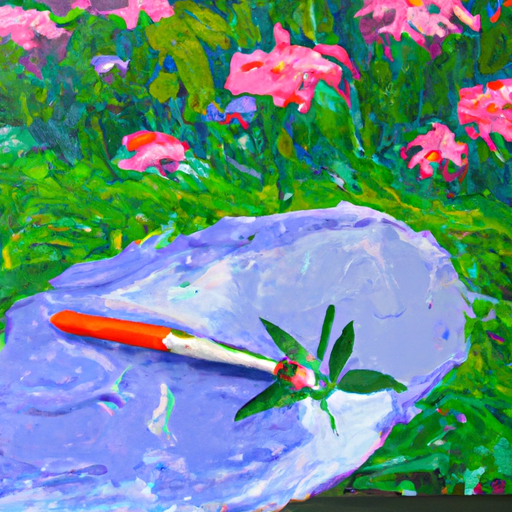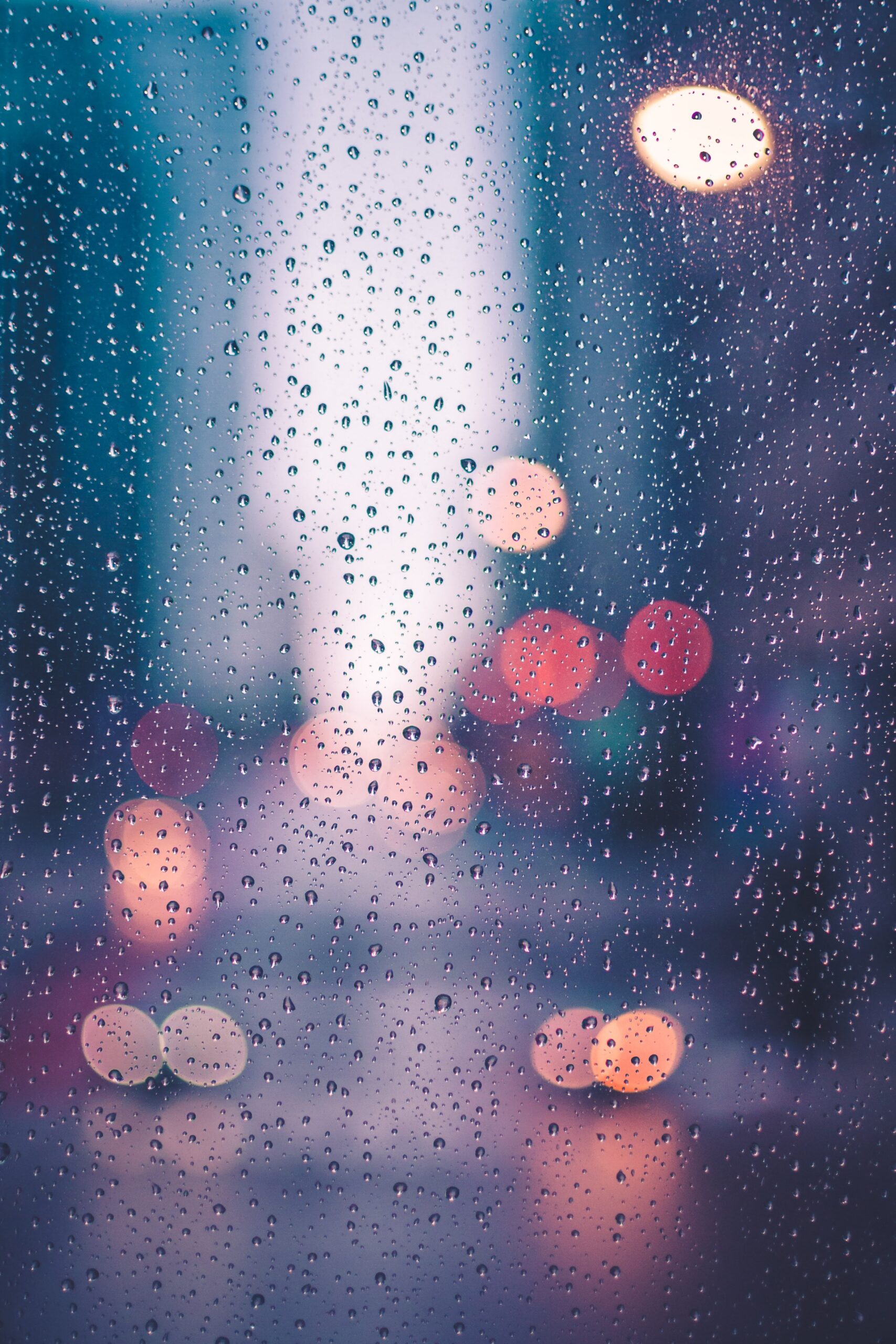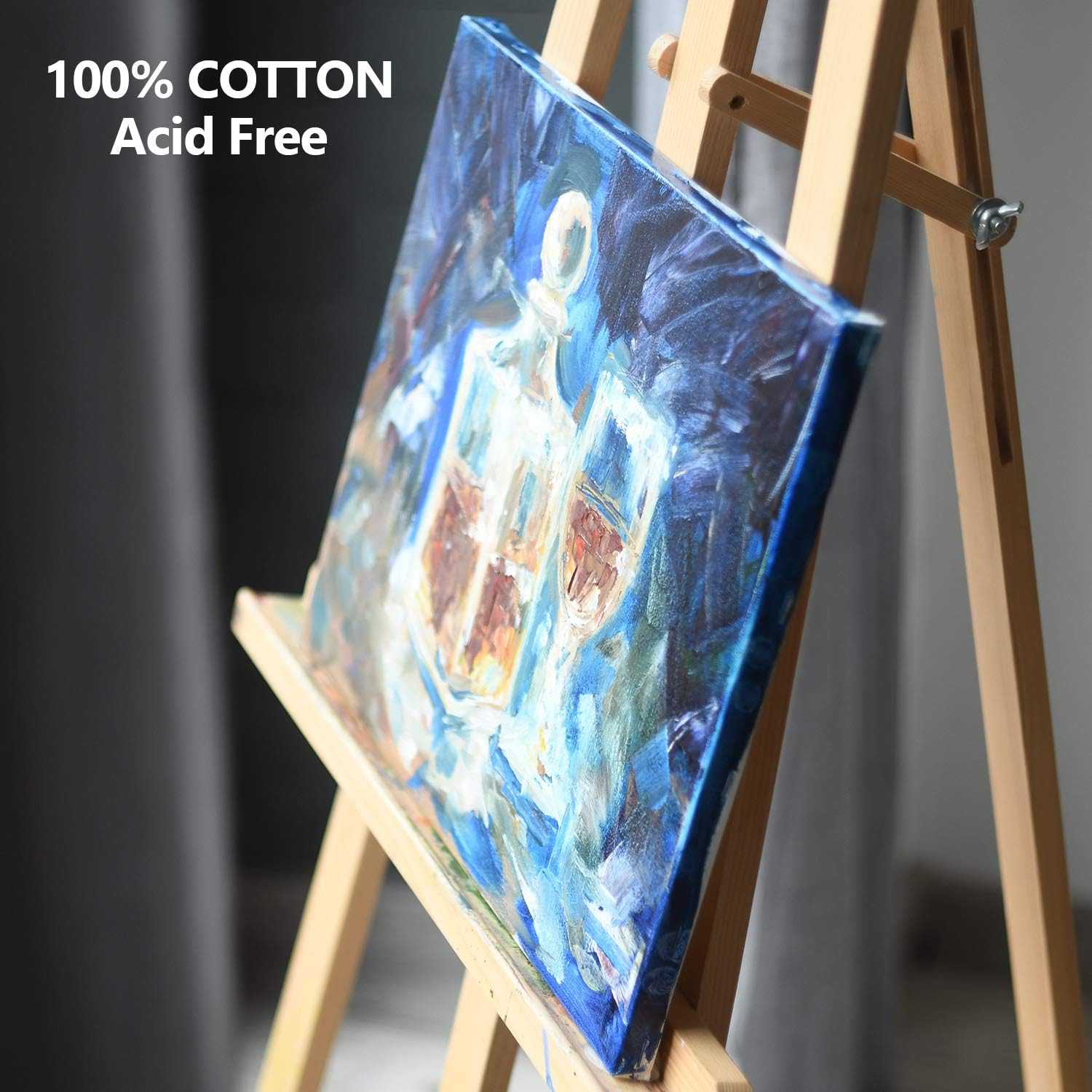Have you ever wondered whether the vibrant colors of your acrylic paintings will survive a sudden downpour? In this article, we explore the common concern of whether acrylic paint will wash off in the rain. Discover the factors that determine the durability of your artwork when faced with wet weather conditions. From the type of surface you paint on to the quality of your materials, we unravel the mysteries behind the fate of acrylic paint under rainy skies. So, grab your umbrella and let’s explore the world of acrylic paint and rain showers.
What is Acrylic Paint
Acrylic paint is a versatile and popular medium used by artists and creatives all over the world. It is a type of paint that is made from pigment particles suspended in an acrylic polymer emulsion. When the paint dries, the emulsion evaporates and leaves behind a durable and water-resistant surface. Acrylic paint is loved by artists for its vibrant colors, quick drying time, and ability to be layered and manipulated. Whether you are a professional artist or a beginner, acrylic paint is a fantastic choice for all your creative projects.
Composition of Acrylic Paint
Acrylic paint is made up of several key components that contribute to its unique properties. These components include pigments, binders, fillers, additives, and solvents. The pigments are the particles that give the paint its color, while the binders are responsible for holding the pigments together and adhering them to the painting surface. Fillers are added to give the paint body and thickness, and additives are included to enhance specific properties, such as drying time or flow. Finally, solvents are used to thin the paint and make it easier to work with.
Properties of Acrylic Paint
One of the most notable properties of acrylic paint is its fast drying time. Unlike oil paints that can take days or even weeks to dry, acrylic paint dries within minutes to hours, depending on the thickness of the paint and environmental conditions. This allows artists to work quickly and layer colors without worrying about smudging or blending. Acrylic paint also has excellent color retention, meaning that the colors you see when the paint is wet will be the same colors when it dries. Additionally, acrylic paint is flexible and can adhere to a wide variety of surfaces, including canvas, wood, metal, and plastic.
How Does Acrylic Paint Adhere to Surfaces
Binding Agents in Acrylic Paint
The binding agents in acrylic paint are responsible for its adhesion to surfaces. These agents create a strong bond between the paint and the surface, ensuring that it doesn’t peel or chip off easily. Acrylic paint uses acrylic polymer emulsion as its primary binder, which is a combination of acrylic resin and water. When the paint is applied to a surface, the water in the emulsion evaporates, allowing the resin to form a durable film. This film not only adheres the paint to the surface but also provides a protective layer against moisture, UV rays, and other environmental factors.
Factors Affecting Adhesion
While acrylic paint has excellent adhesion properties, there are certain factors that can affect how well it adheres to surfaces. One of these factors is the type of surface being painted on. Acrylic paint adheres best to porous surfaces, such as canvas, wood, and paper. Non-porous surfaces like glass or plastic may require additional surface preparation or priming to improve adhesion.
Another factor that can affect adhesion is the cleanliness of the surface. It is essential to ensure that the surface is free from dust, dirt, and oils before applying acrylic paint. Cleaning the surface with soap and water or a mild detergent can help remove any contaminants that may hinder adhesion.
Lastly, environmental conditions can also impact the adhesion of acrylic paint. Extremely hot or cold temperatures, high humidity, or excessive moisture can affect the drying process and potentially compromise the paint’s adhesion. It is essential to paint in a controlled environment and avoid extreme weather conditions whenever possible.
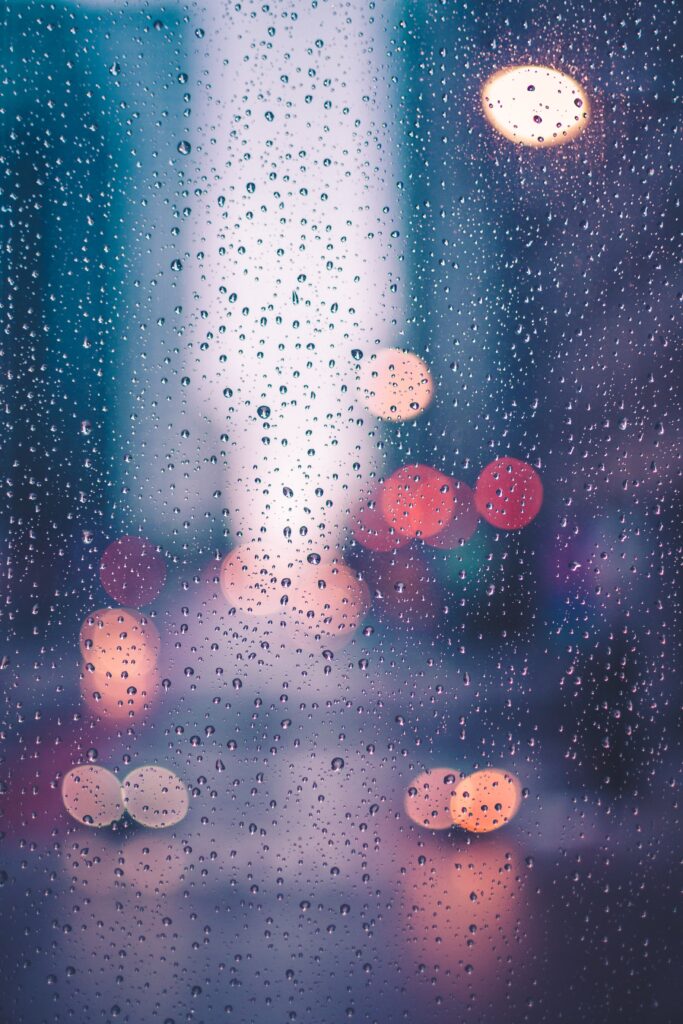
Will Acrylic Paint Wash Off in the Rain
Acrylic Paint and Water
acrylic paint is water-soluble, which means that it can be thinned and cleaned with water. However, once the paint dries, it forms a water-resistant surface that protects the underlying layers. While acrylic paint can withstand exposure to water and moisture to some extent, it is not entirely impervious to water.
Acrylic Paint and Rain
When it comes to rain, acrylic paint is generally resistant to mild to moderate rainfall, thanks to its water-resistant properties. Light rain showers or drizzles should not cause significant damage to acrylic paintings if they are properly dried and cured. However, prolonged exposure to heavy rain or soaking in water for extended periods can eventually lead to the paint softening or washing off.
Acrylic Paint and Moisture Resistance
While acrylic paint is known for its moisture resistance, it is important to note that prolonged exposure to moisture can still cause damage. Over time, moisture can seep into the layers of the paint, causing them to warp, crack, or detach from the surface. To ensure the longevity of your acrylic paintings, it is crucial to take steps to protect them from excessive moisture and potential water damage.
Preventing Acrylic Paint from Washing Off in the Rain
Using an Acrylic Sealer
Applying an acrylic sealer on top of your finished acrylic painting can provide an additional layer of protection against water and moisture. Acrylic sealers are transparent coatings that create a barrier between the paint and the elements. They can help prevent the paint from softening or washing off when exposed to rain or excessive moisture. It is important to choose a sealer specifically designed for acrylic paints and follow the manufacturer’s instructions for application.
Applying Multiple Layers of Acrylic Paint
One way to enhance the durability and water resistance of your acrylic paintings is by applying multiple layers of paint. By building up layers, you create a thicker and more robust surface that can better withstand the elements. Each layer of acrylic paint should be allowed to dry completely before applying the next one. This technique not only increases the longevity of your artwork but also allows for unique textural effects and depth in the final piece.
Choosing Proper Painting Surfaces
The choice of painting surface can also play a significant role in protecting acrylic paintings from rain. Using a high-quality, archival-grade canvas or specially prepared acrylic paper can ensure better adhesion and resistance to moisture. These surfaces are designed to withstand the rigors of acrylic paint application and offer better protection against water damage compared to inferior alternatives.

Factors That Can Cause Acrylic Paint to Wash Off
Quality of Acrylic Paint
The quality of acrylic paint can vary, and using low-quality or cheap paints may compromise its adhesion and resistance to moisture. It is recommended to invest in professional-grade paints from reputable brands that have been tested for durability and longevity. These paints are formulated to adhere well to surfaces, have better lightfastness, and are less likely to wash off or fade when exposed to rain or other environmental factors.
Inadequate Surface Preparation
Failure to properly prepare the painting surface can also lead to poor adhesion and potential paint wash-off. As mentioned earlier, it is essential to clean the surface thoroughly and ensure it is free from dust, oils, and other contaminants. Additionally, priming the surface with a suitable acrylic primer can enhance adhesion and provide a stable foundation for the paint.
Insufficient Drying Time
Proper drying time is crucial for the adhesion and durability of acrylic paint. If the paint is not allowed to dry adequately between layers or before exposure to rain, it may not fully cure and can wash off more easily. It is important to follow the manufacturer’s recommendations for drying time and ensure that the paint is completely dry and cured before subjecting it to moisture or rain.
Tips for Protecting Acrylic Paintings from Rain
Storing Paintings Properly
When not on display, it is important to store your acrylic paintings properly to protect them from potential water damage. Keep them in a clean, dry, and temperature-controlled environment away from direct sunlight and moisture. Ideally, paintings should be stored upright or flat, with protective sheets or acid-free paper placed between them to prevent any sticking or damage.
Keeping Paintings Under Shelter
If you plan to display your acrylic paintings outdoors, it is best to keep them under a shelter to minimize direct exposure to rain. A covered patio, gazebo, or awning can provide adequate protection from rainwater. Additionally, consider using protective coverings or waterproof enclosures when displaying your artwork in outdoor exhibitions or art fairs.
Avoiding Direct Exposure to Rain
In situations where direct exposure to rain is unavoidable, taking precautionary measures can help protect your acrylic paintings. Use plastic or glass covers to shield the paintings from rainwater. Ensure that the covers are slightly elevated or tilted to allow for proper ventilation and prevent condensation build-up, which can lead to moisture damage over time.
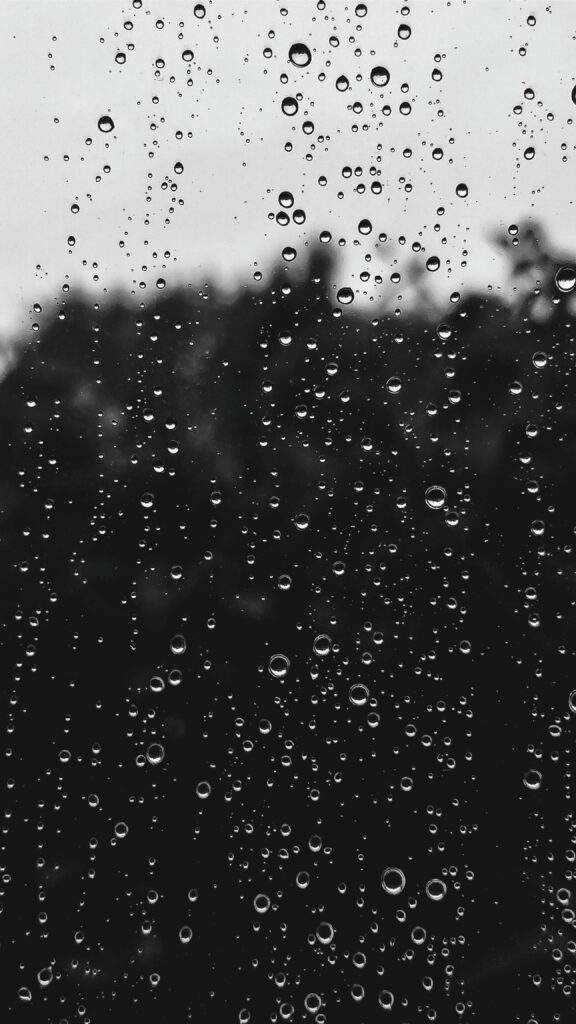
Removing Acrylic Paint from Surfaces
Using Soap and Water
If you need to remove acrylic paint from a surface, such as clothing or brushes, soap and water can be an effective and gentle method. Rinse the affected area with warm water and then apply a small amount of mild dish soap or hand soap. Gently rub the paint with your fingertips or a soft brush until it starts to loosen. Rinse thoroughly with water and repeat the process if necessary.
Utilizing Paint Removers
For more stubborn or dried-on acrylic paint stains, you may need to use a paint remover specifically designed for acrylics. Follow the instructions provided by the manufacturer, as different removers may have varying application methods. It is important to test the remover on a small, inconspicuous area first to ensure that it does not damage or discolor the surface.
Seeking Professional Help
If you are unsure or uncomfortable removing acrylic paint yourself, it is always best to seek professional help. Professional cleaners or art conservationists have the expertise and experience to safely and effectively remove paint from various surfaces without causing further damage. They can provide guidance and advice tailored to your specific situation and ensure the preservation of your artwork.
Conclusion
Acrylic paint is a versatile and durable medium that can withstand mild to moderate exposure to rain and water. Its water-resistant properties, fast drying time, and vibrant colors make it a popular choice among artists. However, it is important to take precautions and protect your acrylic paintings from excessive moisture to ensure their longevity. By using an acrylic sealer, applying multiple layers of paint, selecting proper painting surfaces, and following proper drying and surface preparation techniques, you can prevent acrylic paint from washing off in the rain. Additionally, storing and displaying your paintings properly and avoiding direct exposure to rain can further safeguard your artwork. In the event that you need to remove acrylic paint from surfaces, employing gentle methods like soap and water or seeking professional help can help preserve the integrity of the underlying materials. With proper care and attention, your acrylic paintings can bring joy and beauty for years to come.
